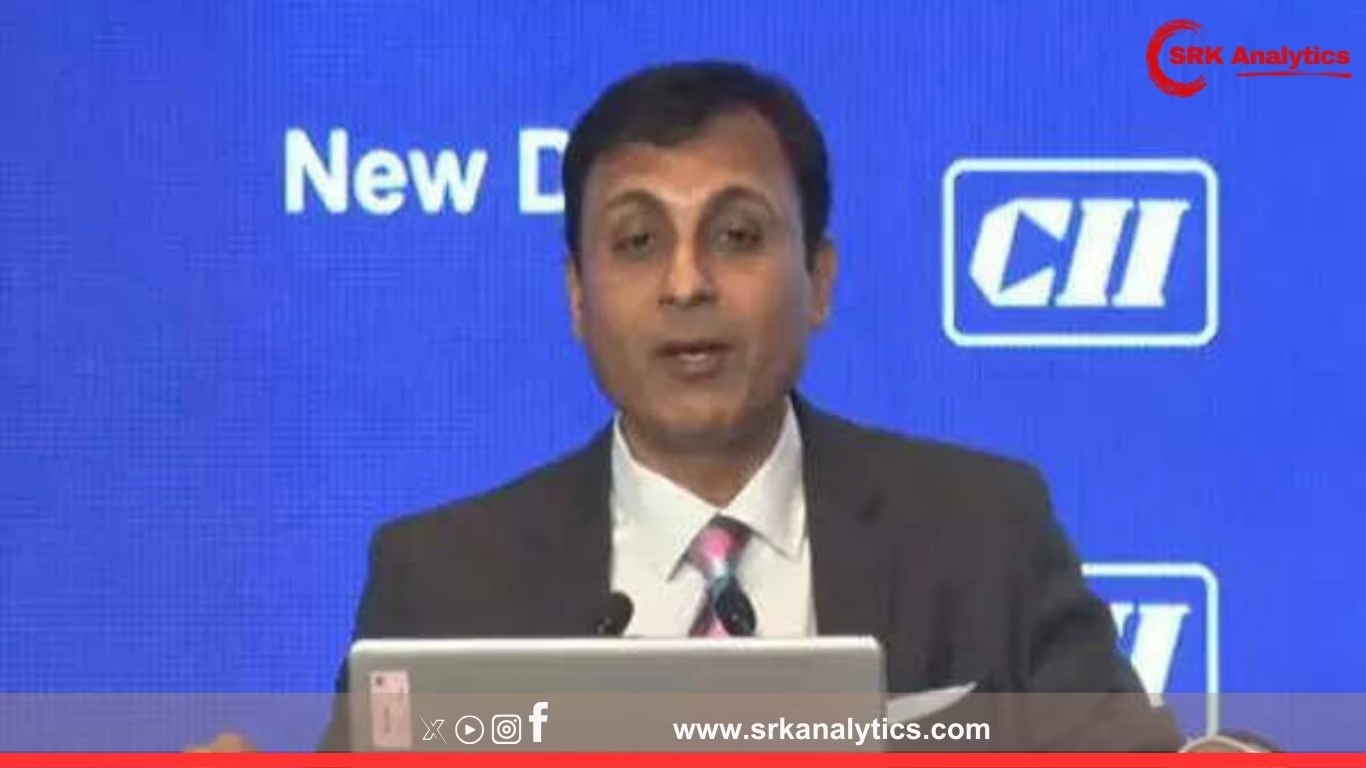India is poised to become a $10 trillion economy within the next decade, with Global Capability Centres (GCCs) expected to contribute nearly $0.5 trillion to the country’s GDP, signalling the rapid transformation of India into a hub for global innovation, operations, and technology services.
India’s projected economic trajectory
According to industry experts and economic think tanks, India’s current GDP of around $3.5 trillion will see a near threefold growth by the mid-2030s. Key drivers include manufacturing expansion under ‘Make in India’, infrastructure development, digital transformation, demographic dividend, and the robust services sector.
Global Capability Centres (GCCs) powering India’s growth
GCCs, formerly called captive centres, are offshore units set up by multinational corporations to drive business functions including IT, analytics, design, R&D, supply chain, and customer operations. Over the years, India has emerged as the top destination for GCCs owing to talent depth, digital ecosystem maturity, and cost efficiencies.
Current GCC landscape in India
| Indicator | Data (2025 estimate) |
|---|---|
| Total number of GCCs | ~1650 |
| Workforce employed | ~1.9 million |
| Annual revenue contribution | ~$46 billion |
| Projected GDP contribution (2035) | ~$0.5 trillion |
GCCs employ nearly 2 million people in India today, with talent focused across AI, cybersecurity, data science, and emerging technologies.
Sectors leading GCC growth in India
The sectors leading the GCC expansion include:
- BFSI: Global banks setting up innovation hubs and risk operations centres.
- Healthcare and life sciences: Pharma majors leveraging India for R&D and digital health analytics.
- Retail and e-commerce: For omnichannel technology builds and global product development.
- Automotive: Electric vehicle and autonomous technology centres.
- Energy and utilities: For engineering design, smart grid, and sustainability operations.
Future growth outlook for GCCs
According to NASSCOM and industry analysts:
- GCCs to double by 2030: Expected to cross 3000 units.
- Employment to reach 4.5 million: Owing to expanded mandates and skill diversification.
- Tier-II cities to rise: Cities like Coimbatore, Jaipur, Bhubaneswar, Indore, Kochi, and Ahmedabad will become mini-GCC hubs.
- Shift towards product ownership: Moving from transactional work to end-to-end product and platform ownership.
- Innovation mandate: 50% of GCCs expected to run dedicated AI, blockchain, sustainability, and IoT labs.
Role of government policies and reforms
The Indian government’s policies like Production Linked Incentive (PLI) schemes, digital public infrastructure growth (UPI, ONDC, Aadhaar), and tax reforms have improved investor confidence. The push for semiconductor manufacturing, AI computing capacity, and advanced skilling under PMKVY 4.0 will further enable GCC capability expansion.
Global competition landscape
India is challenged by countries like Poland, Philippines, Vietnam, and Mexico in the GCC space. However, India remains favoured for high-value work owing to:
- Largest STEM graduate pool globally.
- Strong English proficiency.
- Maturity in IT services and digital transformation expertise.
- Time zone advantage for 24×7 global operations.
Key enablers to realise $10 trillion economy vision
| Enabler | Impact Area |
|---|---|
| Infrastructure investments | Manufacturing, logistics, urban growth |
| Skilling and education reforms | Employability, AI readiness, research |
| Ease of doing business reforms | FDI growth, global investor confidence |
| Digital public goods | Inclusive growth, financial penetration |
| Energy transition investments | Green jobs, global climate leadership |
| MSME growth | Rural employment, exports |
Industry voices
Top executives from consulting and IT firms state that GCCs will become “the growth engines for India’s digital economy” with a significant share of GDP driven by intellectual property, software exports, and innovative platform builds from India-based centres.
Challenges in achieving the vision
Despite promising forecasts, India faces challenges:
- Quality of higher education: Industry-academia skill gap remains high in AI, chip design, advanced computing.
- Infrastructure bottlenecks: Logistics and power reliability improvements are necessary in Tier-II GCC hubs.
- Policy consistency: Frequent regulatory changes can deter long-term GCC investments.
- Geopolitical risks: Supply chain resilience and data protection policies require strengthening to remain globally competitive.
Summary and way forward
India’s journey towards a $10 trillion economy will be powered not only by traditional sectors but increasingly by knowledge services like GCCs. As the country strengthens its skilling ecosystem, innovation readiness, digital infrastructure, and policy landscape, GCCs will move from cost-saving centres to core strategic and innovation partners for global corporations.
Disclaimer
This article has been prepared for an English news portal for informational purposes only, based on publicly available data, economic projections, and industry trends. Readers are advised to verify specific figures with relevant government publications and company statements before citing them for business or academic purposes.











